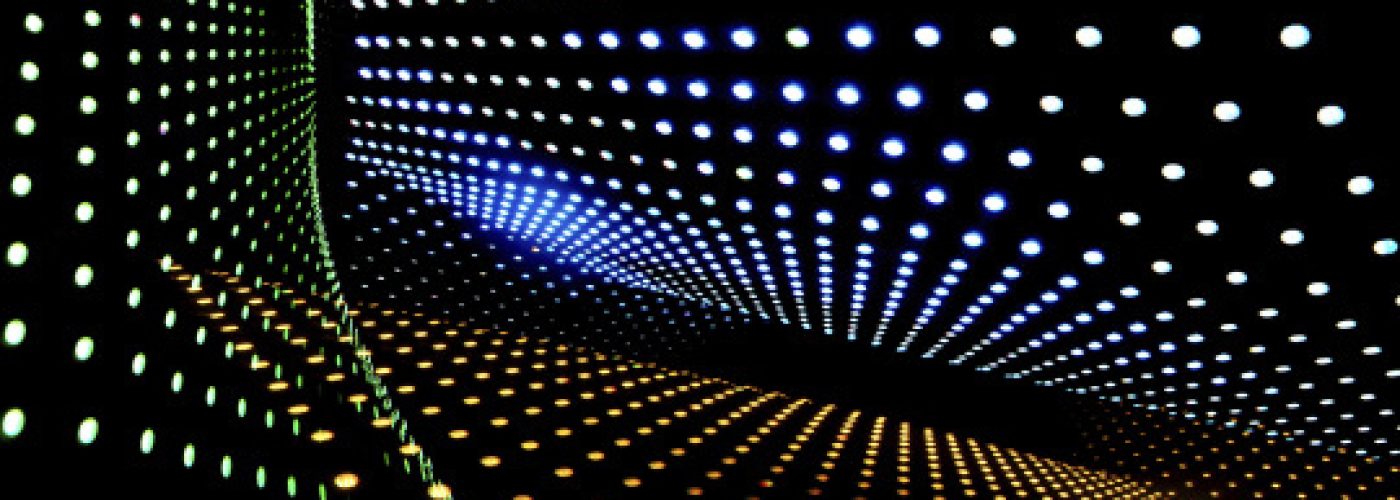Thousands of facilities management professionals across the UK will have a fresh opportunity to learn about the business benefits of smart energy use in commercial buildings.
A new partnership between The Climate Group and the Institute of Workplace and Facilities Management (IWFM) will deliver a series of peer-to-peer events on smart energy management and LED lighting – showcasing best practice and giving tips for addressing common challenges.
“IWFM believes that workplace and facilities management professionals are uniquely placed to make a difference to the sustainability agenda in its fullest sense,” says Peter Brogan, Head of Research and Insight, IWFM.
“They are the lynchpin in organizations, marrying the needs of owners, occupiers and the supply chain to create energy efficient, productive and pleasant workplaces.”
The business case
Doing more with less energy is good for the bottom line, generating substantial financial savings and improving competitiveness, while increasing employee productivity and wellbeing.
Last year, a report by The Climate Group and the Alliance to Save Energy found that 21 members of the EP100 initiative (which includes H&M, Hilton, and UltraTech Cement) had collectively saved US$131 million – capital that can be reinvested in clean growth.
“We are excited to partner with IWFM to drive more companies to improve their energy productivity,” says Toby Morgan, LED Program Manager, The Climate Group.
“Smart, connected LEDs offer unprecedented energy savings with little upfront cost. They also open up vast opportunities to use the data gathered to make even greater efficiencies, through smart building applications and the Internet of Things.”
Lighting the way
For the last decade, The Climate Group has worked closely with Signify (formerly Philips Lighting) to promote the benefits of energy efficient LED lighting.
Darren Smith, Lighting Architect, Signify, says,
“Saving energy with LEDs is only part of the story. When LEDs are used in conjunction with sensors and controls, that are then woven into the fabric of any design, they become connected and in turn contribute to the larger intelligence of any project.
“Connected lighting is in effect an ongoing conversation – two-way communication that enables the optimised real-time monitoring, management and maintenance of lighting systems. It transforms environments with personalised and targeted, dynamic light while also tracking system performance.”
Lowering emissions
The International Energy Agency estimates that improvements in energy efficiency can deliver over 40% of the greenhouse gas emissions cuts needed to deliver on global climate goals.
Buildings account for approximately 40% of global energy demand, mainly in commerce and retail. To keep global warming below 1.5˚C, building energy renovation rates need to be double the current rate, increasing to 3% per year.
Facilities Managers have an important role to play.
To find out how your company can join EP100 or get involved in peer-learning opportunities around smarter energy use, contact LED Program Manager Toby Morgan tmorgan@theclimategroup.org





